I recently had an enthralling conversation with a close friend about the various representations of strong female characters. My friend, using Morrigan from the first Dragon Age game as an example, explained that the sorceress doesn’t have to forfeit her traditionally feminine appearance to be a strong and able character. Actually, she’s rather imposing when the player first encounters her. Additionally, Morrigan’s femininity isn’t portrayed as a hindrance to the team and their missions. A woman doesn’t have to possess traditionally “masculine” traits to be independent or strong, which is what often happens with strong female characters in games and other mediums.
It’s not up to me to define gender for others so I can only frame it in an analytical discussion. The very notion of gender falls in a gray area. There are traditional ideas about gender but nothing is absolute or concrete. With that being said, traditional femininity can be perceived and treated as a disadvantage. Female characters, especially Princess types, are occasionally cast as victims or damsels in distress across a variety of mediums. Anita Sarkeesian often interrogates the damsel in distress trope and women as background decorations on her YouTube channel. This trope reinforces the idea that femininity can diminish a female character’s strength. In my previous article on vampires and unconventional femaleness, I discuss traditional femininity and the idea of good femininity versus bad femininity. Bad femininity tends to be associated with more masculine traits such as cursing, disobedience, etc. It gets complicated, though, because those same masculine traits are linked to positive portrayals of strong female characters. What’s going on here? Can a female character enjoy feminine interests or choose to look feminine and still be viewed as strong and capable? Why do we stray from femininity or not see it as empowering?
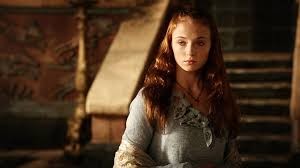 Consider more typical representations of strong female characters in a range of mediums. S.E. Smith argues that Sansa Stark is a strong character despite her conventionally feminine appearance and interests. The auburn haired Stark is paralleled against her fiery sister, Arya, who’s representative of a more stereotypical strong female character. Arya rejects feminine interests and is unafraid to run anyone through with her sword. She encompasses “boyish” traits but those traits mark her as strong and independent. Arya’s strength is very overt because she’s so vocal in her defiance and resistance of traditional femininity. Sansa’s inner power is far more subtle. Though Sansa revels in romantic stories and songs, her strength lies in her intelligence and survival skills. She’s a wolf in a den of lions and yet she manages to survive due to her ability to adapt and manipulate.
Consider more typical representations of strong female characters in a range of mediums. S.E. Smith argues that Sansa Stark is a strong character despite her conventionally feminine appearance and interests. The auburn haired Stark is paralleled against her fiery sister, Arya, who’s representative of a more stereotypical strong female character. Arya rejects feminine interests and is unafraid to run anyone through with her sword. She encompasses “boyish” traits but those traits mark her as strong and independent. Arya’s strength is very overt because she’s so vocal in her defiance and resistance of traditional femininity. Sansa’s inner power is far more subtle. Though Sansa revels in romantic stories and songs, her strength lies in her intelligence and survival skills. She’s a wolf in a den of lions and yet she manages to survive due to her ability to adapt and manipulate.
In Firefly, Kaylee enjoys pink frilly dresses but her worth and strength are not reduced just because she wants to engage in her femininity. She’s a mechanic but she takes great delight in traditionally feminine interests and activities like dresses, fancy balls, and so on. These little details reveal a lot about her character, and are in line with how we view a lot of female characters who simply wear makeup or don’t dress in a masculine fashion. The question is, when does it skew towards sexualization? Where and how do we draw that line?
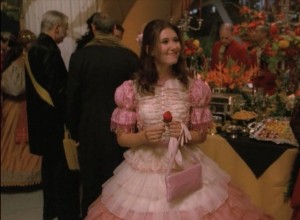 Kaylee is very vocal about what she wants and when she wants it. She’s not virginal or pure, traits that are traditionally feminine. When we first meet Kaylee, she’s having sex with Mal’s former mechanic in the engine room. It’s a bit of an embarrassing moment but Kaylee doesn’t falter or apologize for it. For me, sexualization and objectification occur when the character no longer has a voice or agency over their mind or body. Lastly, Kaylee isn’t overly muscular or “masculine” looking. She still retains a “feminine” looking shape. She’s not ripped like Ellen Ripley from the Alien series or Sarah Connor from the Terminator series.
Kaylee is very vocal about what she wants and when she wants it. She’s not virginal or pure, traits that are traditionally feminine. When we first meet Kaylee, she’s having sex with Mal’s former mechanic in the engine room. It’s a bit of an embarrassing moment but Kaylee doesn’t falter or apologize for it. For me, sexualization and objectification occur when the character no longer has a voice or agency over their mind or body. Lastly, Kaylee isn’t overly muscular or “masculine” looking. She still retains a “feminine” looking shape. She’s not ripped like Ellen Ripley from the Alien series or Sarah Connor from the Terminator series.
For the purpose of this exploration, I define the small space of “feminine presented as strength” as a female character who retains a feminine shape (no exaggerated muscles or hyper-toned body), feminine dress, often with longer hair, etc. Aerith from Final Fantasy 7 physically adheres to this definition with her pink dress, long hair, and gold bracelets. However, there are also traditionally feminine personality traits and virtues such as neatness, quietness, kindness, being virginal or pure, being close with nature, and so on. Aerith, though physically feminine in appearance and dress, is still strong even though she’s kind at the core and exhibits a special connection with nature.
Aerith is comparable to Kaylee in that she doesn’t hesitate to step up and be vocal about her desires. Though she might be considered a damsel in distress at the beginning of the game because she needs some protecting, it’s worth noting that Aerith has been actively dealing with the Turks her whole life in the slums of Midgar. When Cloud comes crashing down in the church, she takes advantage of him being there and asks him to be her temporary bodyguard in exchange for a date. It’s more pragmatism than damseling.
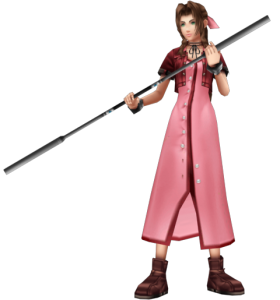 Aerith is strong because of her willfulness and fearlessness. Though a weaker character in combat, this weakness doesn’t restrict her from taking the lead in the narrative. She marches into the Don’s house to rescue Tifa, puts herself on the line to keep Marlene safe, and saves the whole damn planet by using her Holy materia in the opening cinematic. Unlike the way in which Arya might overshadow Sansa, I argue that Aerith’s strength is less subtle than Sansa’s. In Sansa’s world, where words are weaponized, she has to say the right thing to survive and this tense political atmosphere requires her to adapt. Both Aerith and Sansa live in broken worlds but Aerith’s strength lies in her actions and leadership skills. Like Arya, Tifa encompasses several of those traditionally “masculine” traits I discussed before. She’s physically tougher in that she uses hand to hand combat and her appearance, a loose fitting white tank and combat boots, visibly clashes with Aerith’s pink dress and ribbon.
Aerith is strong because of her willfulness and fearlessness. Though a weaker character in combat, this weakness doesn’t restrict her from taking the lead in the narrative. She marches into the Don’s house to rescue Tifa, puts herself on the line to keep Marlene safe, and saves the whole damn planet by using her Holy materia in the opening cinematic. Unlike the way in which Arya might overshadow Sansa, I argue that Aerith’s strength is less subtle than Sansa’s. In Sansa’s world, where words are weaponized, she has to say the right thing to survive and this tense political atmosphere requires her to adapt. Both Aerith and Sansa live in broken worlds but Aerith’s strength lies in her actions and leadership skills. Like Arya, Tifa encompasses several of those traditionally “masculine” traits I discussed before. She’s physically tougher in that she uses hand to hand combat and her appearance, a loose fitting white tank and combat boots, visibly clashes with Aerith’s pink dress and ribbon.
In thinking more about Aerith and the traditionally feminine idea of sainthood or martyrdom, she may be viewed as a saint or martyr in some instances but she’s not fully virginal or pure. She can develop feelings for Cloud throughout the game and she’s very forward with those feelings, which I love. She breaks down the assumption that women, especially in association with sainthood or martyrdom, are pure and virginal. She dies like a saint or martyr at the hands of Sephiroth but I see a power in her sacrificial ways. She’s a hero because she sacrifices herself to save others but she still manages to accomplish this while maintaining her femininity.
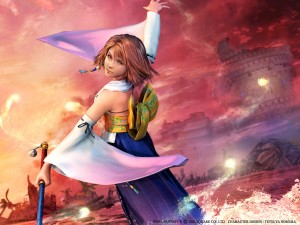 Yuna from Final Fantasy 10 is similar to both Aerith and Sansa because she’s presented as saint-like but not virginal and she’s capable of manipulation. The Bevelle summoner goes on a pilgrimage to defeat a monster named Sin. Both Yuna and Aerith are responsible for saving their respective worlds. They’re saint-like in that they heal and save. However, Yuna develops romantic feelings for the male protagonist and they even have a steamy cinematic scene where they kiss. Yuna also manipulates, which complicates her saint-like image. She agrees to marry Seymour, the game’s antagonist, because she intends to destroy him by performing a sending. It’s a bold and manipulative move on her part but she does it for the greater good.
Yuna from Final Fantasy 10 is similar to both Aerith and Sansa because she’s presented as saint-like but not virginal and she’s capable of manipulation. The Bevelle summoner goes on a pilgrimage to defeat a monster named Sin. Both Yuna and Aerith are responsible for saving their respective worlds. They’re saint-like in that they heal and save. However, Yuna develops romantic feelings for the male protagonist and they even have a steamy cinematic scene where they kiss. Yuna also manipulates, which complicates her saint-like image. She agrees to marry Seymour, the game’s antagonist, because she intends to destroy him by performing a sending. It’s a bold and manipulative move on her part but she does it for the greater good.
Female characters that maintain their femininity can still be strong and independent. The Final Fantasy franchise is famous for its strong yet feminine female characters. It’s important to recognize and celebrate different kinds of strength. A female character shouldn’t be stigmatized for wearing pink or showing emotion. If she decides to engage with her own femininity, that’s her choice. She’s still more than capable of kicking ass and taking names.
If you like the work we do here at Not Your Mama’s Gamer and would like to help support us, please check out our Patreon campaign.


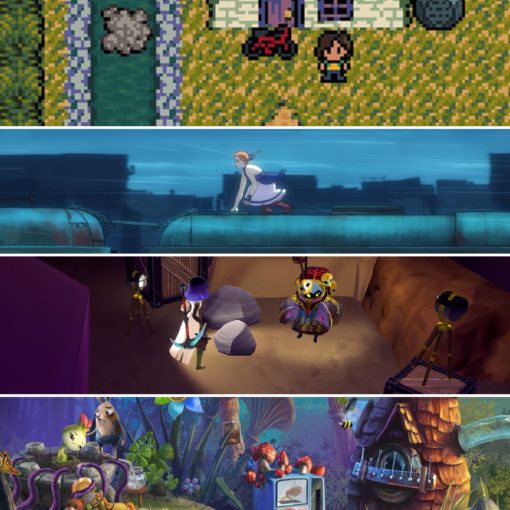
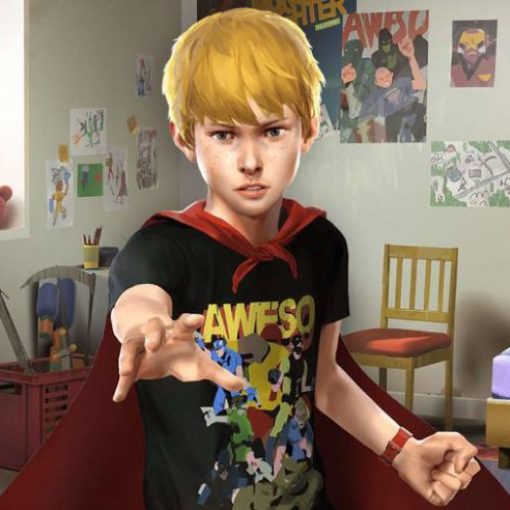
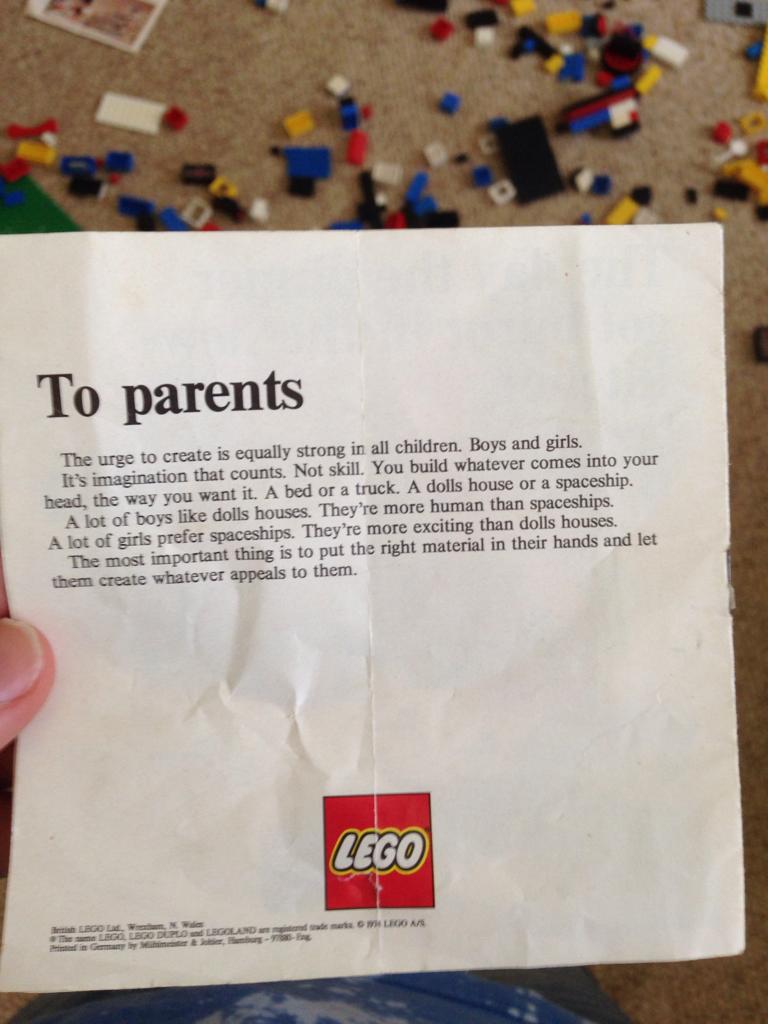
One thought on “A Look at Powerful Femininity”
Great analysis! I also lived under the impression that “traditional” femininity was inherently incompatible with strong characters, so I’m glad to learn I was wrong.
And damn, this makes me want to play the Final Fantasy games again…